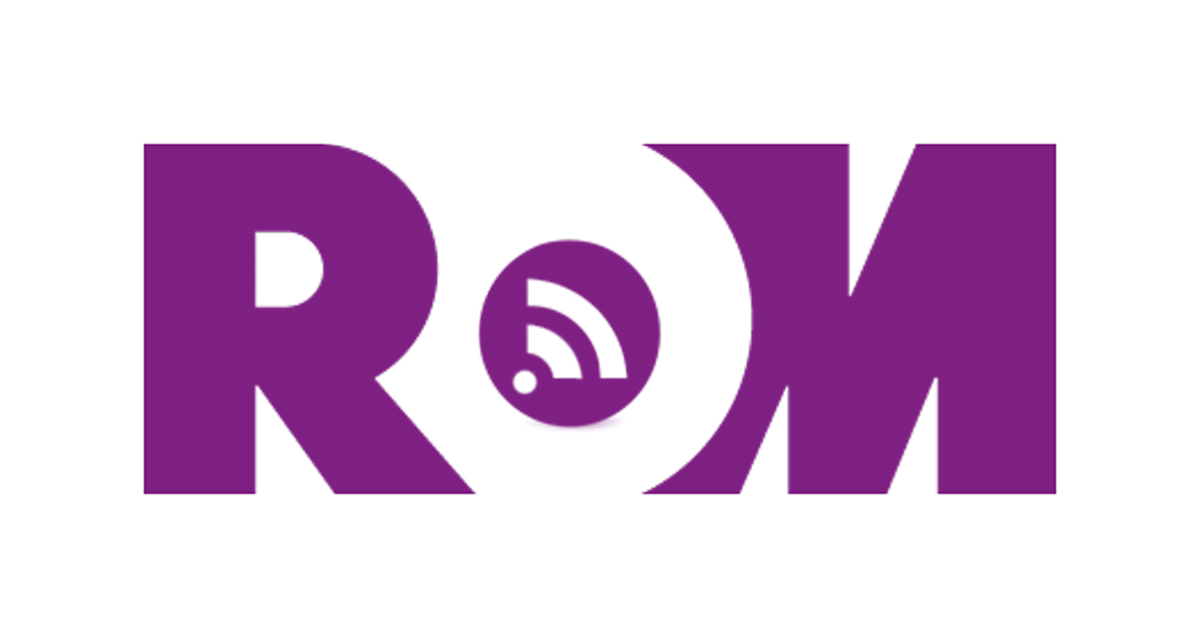Who works behind the scenes at the Royal Ontario Museum? What do they do all day? Meet the people who make the museum tick in this candid podcast series!
Season 2, Episode 1: Laura Lipcsei
Laura is the ROM’s Senior Conservator of Stone, Ceramics and Glass. In her role she oversees the care and preservation of over 80% of the museum’s collection. Her role is part scientist, part detective, listen in as we talk to her about some of the conundrums of her day-to-day work in the lab.
Season 2, Episode 2: Dave Ireland
Managing Director of ROM Biodiversity, Dave is an Ecologist with a love of science communication, working with researchers to excite people about biodiversity, and turtles! Listen in as we talk climate change, bio blitzes and how you can get involved in the environment around you.
Season 2, Episode 3: Dr. Burton Lim
The ROM’s Assistant Curator of Mammalogy travels the globe studying Bats. He even has a species of Bat named after him! In this episode we talk to Burton about his field work in Sri Lanka, Borneo, the Amazon Rain forest, and closer to home in Scarborough.
Season 2, Episode 4: Sarah Chu
As the ROM’s Digital Learning Specialist, Sarah’s role is focused on bringing 21st century learning competencies into the ROM’s educational offer. She works on game jams, maker spaces and looks at how the museum can help students extend their digital learning capacity.
Season 2, Episode 5: Steven Laurie
What exactly does a Museum Project Manager do? A LOT! This week we talk to Steven Laurie about life behind the scenes managing major projects and working with staff from across the museum.
Season 2, Episode 6: Alyssa McLeod
Part of the web team here at the museum, Alyssa work on our website and builds digital interactives for exhibitions. Sound like a cool job? It is! Tune in as we chat about web and social media in museum and where our industry is headed.
Season 2, Episode 7: Emilio Genovese
As one of the Museum’s 2D designers Emilio works on projects across the museum. If you’ve read any text in the museum, Emilio probably designed it! This week we talk about beta spaces, design thinking, participatory experiences, and why they matter for museums in the 21st century.
```````````````````````````````````````````````````````````````````
Season 1, Episode 1: Dr. Marianne Mader
Managing Director of ROM Earth & Space and ROM Fossils & Evolution, Marianne is a Planetary Scientist with a love of science communication and working with researchers to excite people about space, the earth and science.
Episode 2: Kiron Mukherjee
Follow @ROMKids on Twitter or Tumblr? Send your kids to Saturday Morning Club or ROM Summer Camp? Kiron is the brains behind our ROM Kids programming, in this podcast we’ll talk about building lifelong relationships with families at the museum.
Episode 3: Dr. Mark Engstrom
The interim Director and CEO, Mark has been at the ROM for 27 years and seen it all! We’ll talk to him about collecting mice in Mexico and Blue Whales in Newfoundland as well as the importance of DNA research at the Museum.
Episode 4: Courtney Murfin
What does an Interpretive Planner do? Courtney explains and talks about how she take academic research and distills it in exhibit labels. We also get to T-rex sex and other crazy conversations with curators in this podcast!
Episode 5: David Rudkin
What is it actually like to collect fossils among Polar Bears? Dave explains and also chats about new fossil discoveries in Ontario, Toronto, and a little social media phenomenon called #TrilobiteTuesday!
Episode 6: Heidi Sobol
Senior Paintings Conservator explains how having an inquisitive mind has helped her in her role. Heidi also explains how to make fish glue and other 16th century techniques used in her job treating paintings in the collection.
Episode 7: Cheryl Fraser
The ROM’s Web Manager (and World's best boss!) sits down with us in this podcast to talk about user-centered design, virtual reality and how the web and social media has changed the way the museum communicates with the public.

